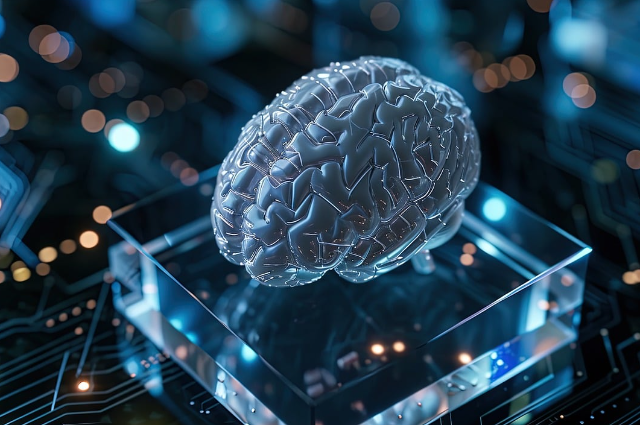
Image by Brian Penny from Pixabay
In a groundbreaking development, Neuralink, the brain-chip startup by Elon Musk, has successfully implanted its innovative device into the brain of its first human patient. Musk took to X to announce that the undisclosed individual is currently in the process of recovery, with early results showing promising neuron spike detection.
Neuron spikes represent the activity of cells using electrical and chemical signals to transmit information within the brain and body, and they have been a major point of Neuralink's pursuit to enable wireless connections between the human brain and electronic devices.
This significant achievement comes after Neuralink recruited human subjects for its clinical trial PRIME (Precise Robotically Implanted Brain-Computer Interface). Having secured approval from the Food and Drug Administration. This trial specifically targets individuals aged 22 and above grappling with quadriplegia from spinal cord injuries or amyotrophic lateral sclerosis (ALS), a disease affecting motor control in humans.
The PRIME trial employs a sophisticated robotic procedure to implant Neuralink's wires into a designated brain area associated with movement. Musk visualizes a future where individuals can operate computers or smartphones seamlessly by merely intending to move, eliminating the need for physical connections or wires.
Neuralink's call for volunteers highlighted the transformative potential of its brain-computer interface, not only for individuals facing severe conditions like paralysis or blindness but also for the broader population. The device's capacity to diagnose neural activity opens up new boundaries in human-computer interaction.
The intersection of computer science and neurology, ongoing for decades, has seen increasing interest in decoding the brain's electrical activity. Implantable brain-computer interfaces (BCIs) represent a promising route of research, not just for assisting those with serious medical conditions but also for the possibility of enhancing the capabilities of individuals unaffected by such limitations.
The milestone achieved by Neuralink in implanting brain-chip devices has sparked a mix of reviews, reflecting both concerns about potential dangers and optimism about its developmental possibilities. Analysts have been concerned about the risks associated with tampering with the human brain, citing safety concerns, and the unexpected long-term consequences of such interventions. The intrusive nature of the procedure and the potential for misuse of the technology have raised ethical questions as well. On the other hand, supporters argue that these advancements hold transformative potential, particularly for individuals with severe disabilities, opening up new avenues for communication and control.
Finding a balance between addressing safety concerns and harnessing the positive impacts of neural technology remains a critical challenge in navigating the complex landscape of brain-chip development.
. . .
References:
